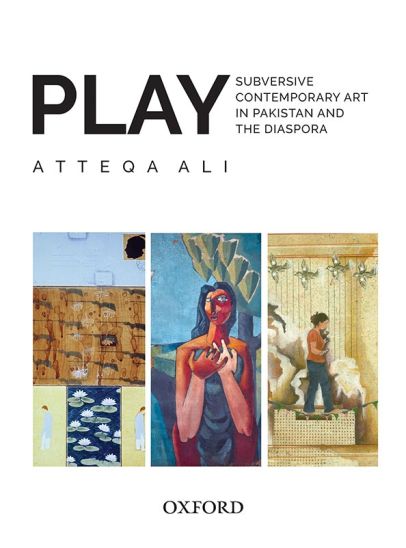Play
At the turn of the twenty-first century, a growing number of Pakistani artists embraced the nation’s perceived visual languages and political, social, and cultural history to interrogate and unpack Pakistan’s contemporary society and identity. The fruits of this shifting and mixing were works of art that turned artistic and societal traditions, from miniature painting to matrimonial rites, on their sides even as they upheld their significance. Through their works, artists examined and expressed the complicated nature of Pakistani national and cultural identities by looking at the society’s most volatile concerns. The artists did not simply present these critical issues; they played with them. It is this playful contemporary artwork that this book analyses within a context of art practices in Pakistan, pedagogical methods at art schools in the nation, and the impact of larger historical events and social processes: colonialism, the partition of India and Pakistan, and globalization.
 Weight in kg
0.36
Weight in kg
0.36
 Rights
World
Rights
World
 Year of Publication
2022
Year of Publication
2022
 Binding
Paperback
Binding
Paperback
 Pages
168
Pages
168




 Bulk Order
Bulk Order Request a Quote
Request a Quote